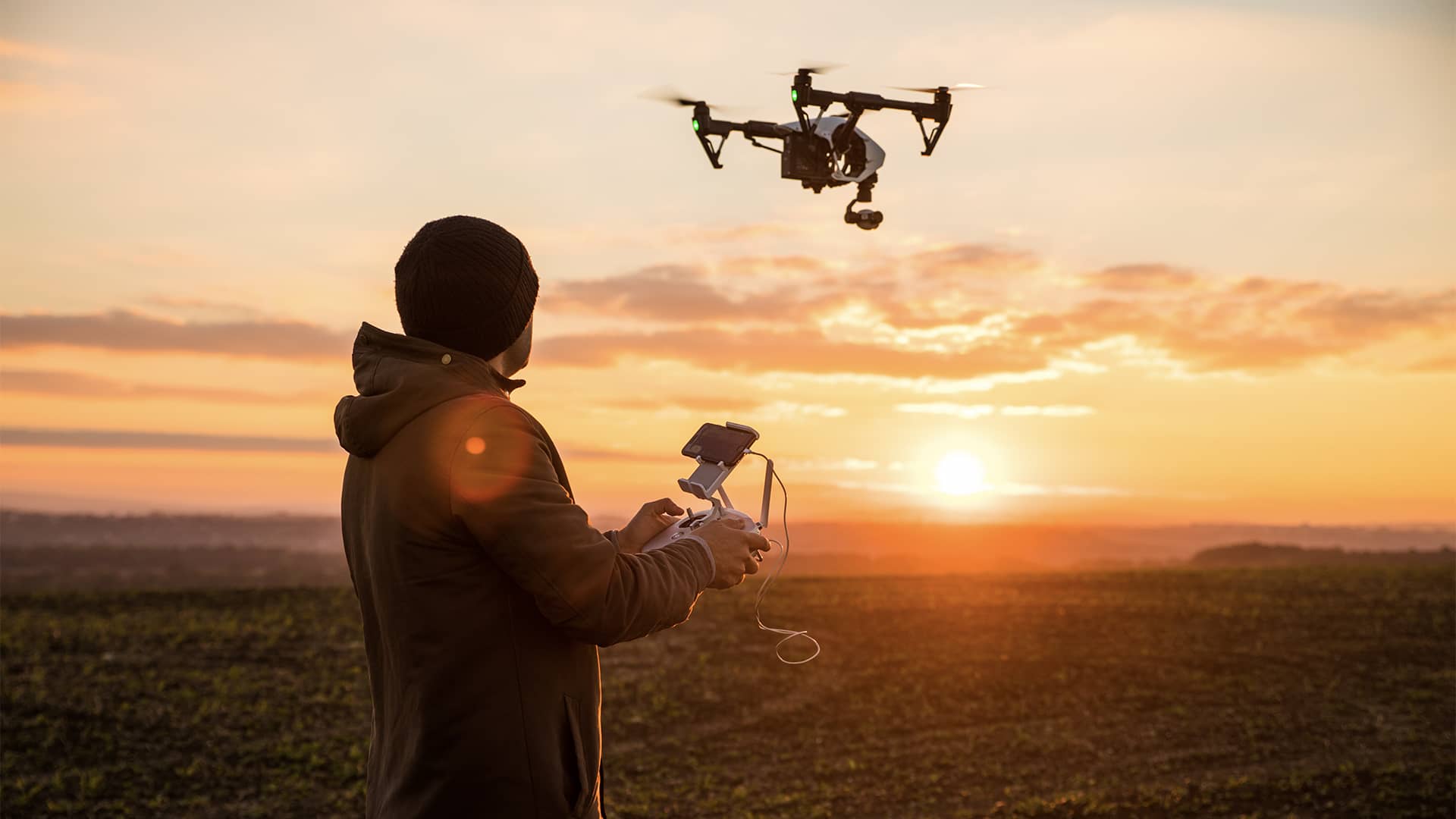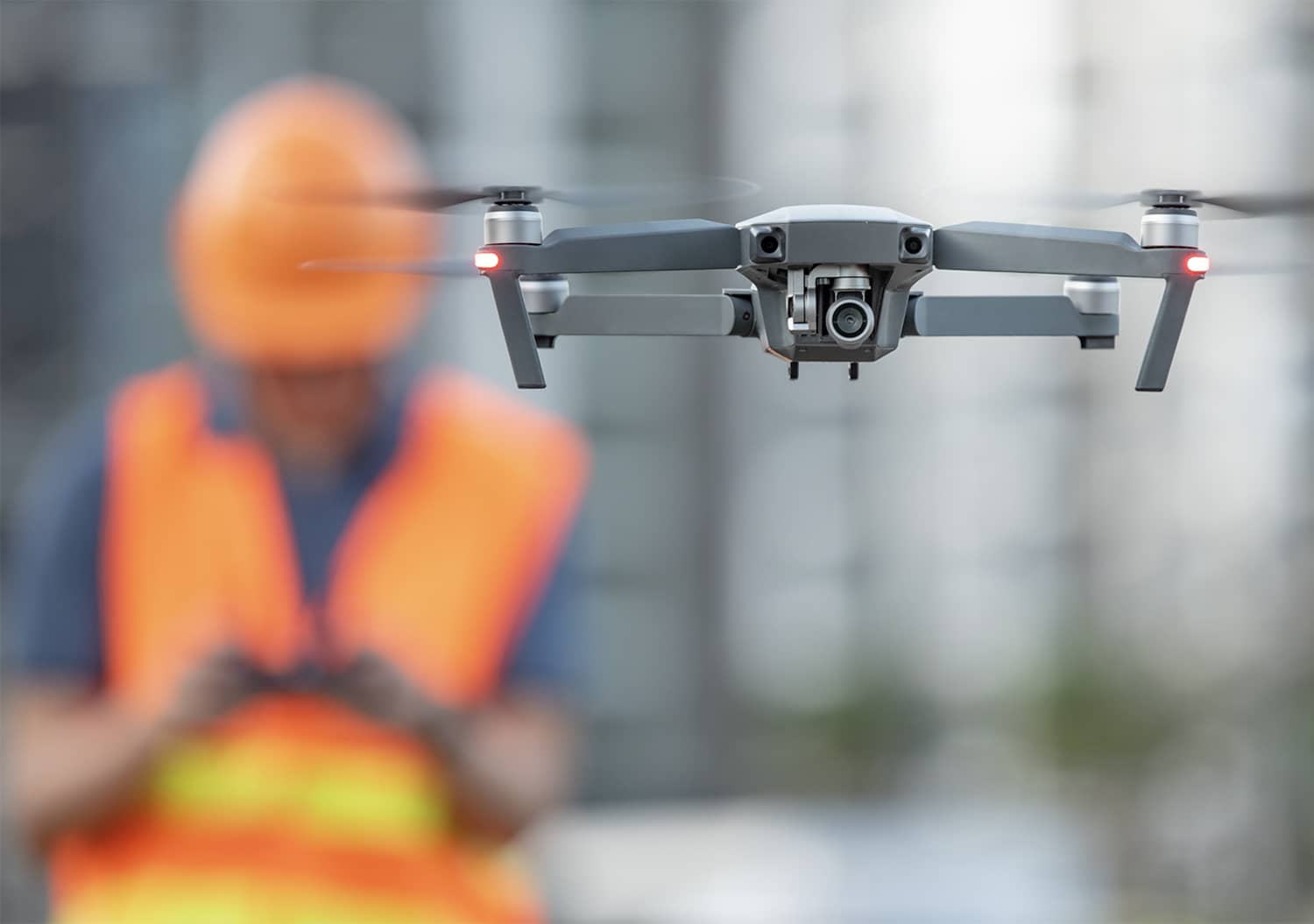A new distinction is made between the three categories “open”, “specific” and “certified”. The certified category applies to high-risk drone operations, such as the transport of persons or hazardous goods. To date, no drones requiring certification are operated in Switzerland or the EU; these proposals are still being developed. Most amateur pilots operate drones in the “open” category. They must pass an online test and the minimum age is 12. In addition, drones in the “open” category may not climb higher than 120 metres, must remain in visual contact at all times and must be officially registered and marked.
Drones fall into the “specific” category if they cannot comply with the rules of the “open” category, for example if a drone operation takes place outside direct visual contact or exceeds the maximum flight altitude of 120 metres, or if a drone with a maximum take-off mass greater than 25 kilograms is used. In this case, the risk posed by a complex drone operation must be determined in advance. Various authorisation procedures are available, including the Specific Operations Risk Assessment methods (SORA(opens in new tab)).


